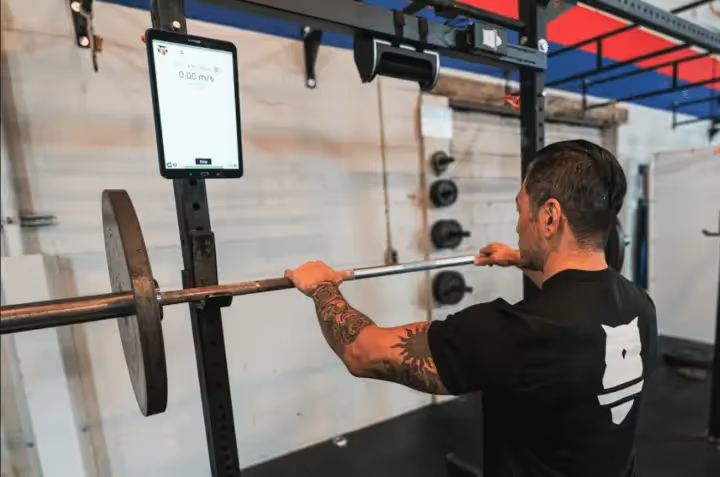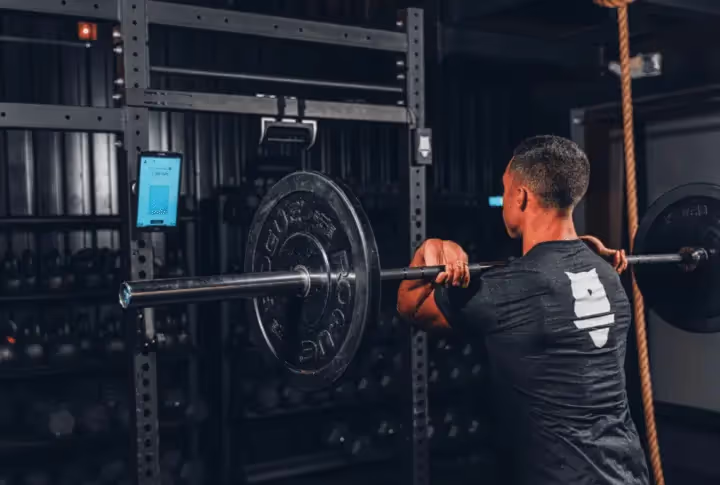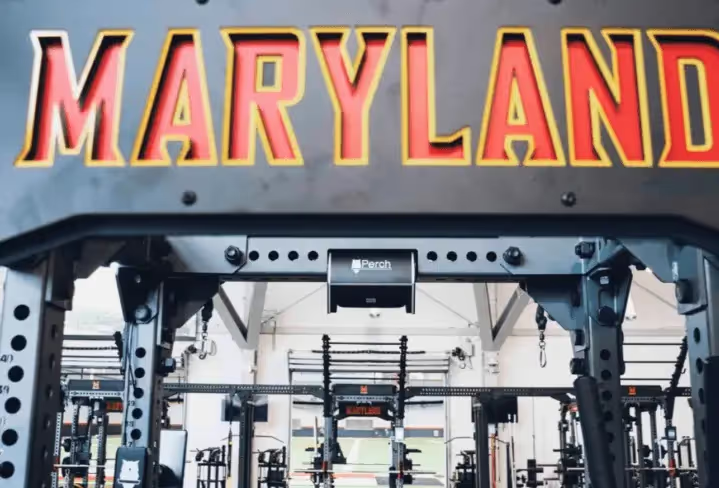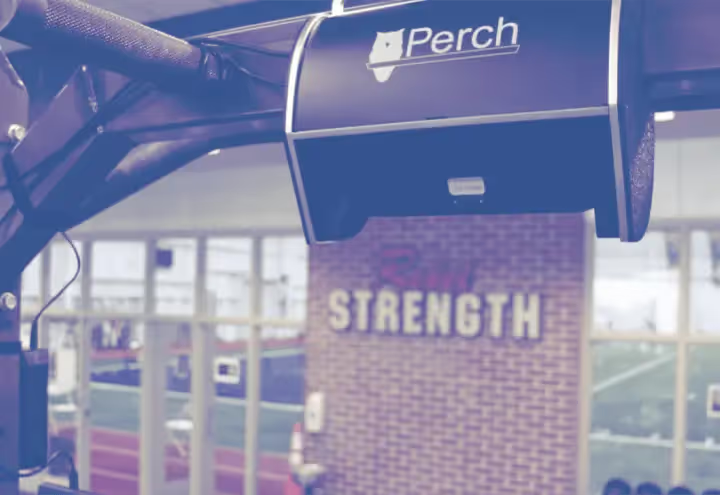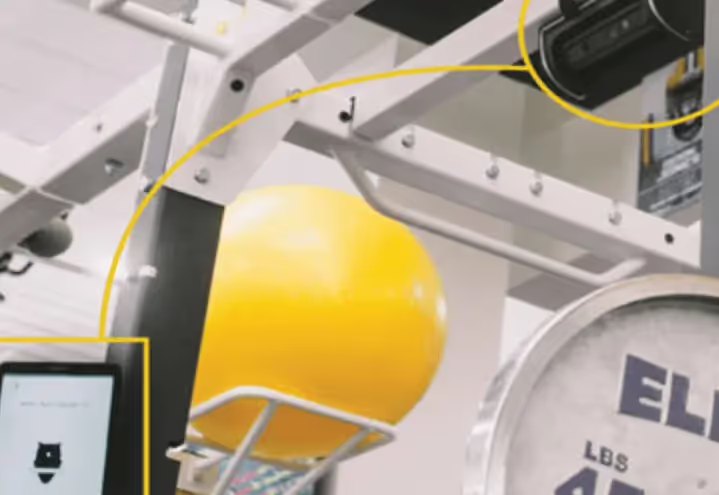Autoregulation and Velocity Based Training

Athletes and strength coaches are in constant pursuit of new ways to optimize training and improve performance. Autoregulation and velocity based training (VBT) are two relatively new and exciting methods that can help athletes and coaches achieve these goals.
What is Autoregulation and Velocity Based Training?
Autoregulation is the process of adjusting training intensity and volume based on real-time feedback from the body. This approach allows athletes to listen to their bodies and adjust their training on the fly, rather than relying on a predetermined plan. Autoregulation is a highly individualized approach, as it takes into account an athlete's unique physiology, recovery capacity, and goals. By allowing athletes to train at their own pace and listen to their bodies, autoregulation can help reduce the risk of injury and burnout, while optimizing performance.
Velocity based training, on the other hand, involves using real-time feedback on bar speed to regulate training intensity. This approach is based on the concept that lifting a given weight at a certain velocity elicits a specific training effect. By measuring bar speed during lifts, athletes can adjust their training intensity to achieve the desired training effect. This approach is highly individualized, as it takes into account an athlete's unique strength and power profile.
What are the benefits of using VBT to Autoregulate?
One of the major benefits of velocity based training is that it allows athletes to train more efficiently. By using real-time feedback on bar speed, athletes can quickly adjust their training intensity to achieve the desired training effect. This can help reduce the time spent in the gym, while maximizing the effectiveness of each workout.
Autoregulation then becomes much easier to do, given the objective feedback provided by a VBT device, like Perch. Athletes and coaches can see performance rep to rep and set to set, and adjust loads accordingly. This means that the load lifted will always be appropriate for the desired trait or adaptation. By setting a goal and lifting load appropriate to it, we can adjust to the abilities of the athlete (ie autoregulate). We also know that we will provide appropriate stimulus to that athlete every time.
How to Autoregulate
Incorporating autoregulation and velocity based training into your workout routine can help you achieve your fitness goals more effectively and efficiently. Here are some tips on how to get started:
- Get familiar with your body's signals: Autoregulation is all about listening to your body and adjusting your training based on its feedback. Pay attention to how you feel during and after each workout, and adjust your training accordingly.
- Invest in a velocity based training tool: A velocity based training tool, such as a velocity tracker, can provide real-time feedback on bar speed. This can help you adjust your training intensity to achieve the desired training effect.
- Use autoregulation to adjust training volume: If you're feeling fatigued or not recovering well, use autoregulation to adjust your training volume. This may mean reducing the number of sets or reps, or taking an extra day off.
- Use velocity based training to adjust training intensity: If you're feeling strong and recovered, use velocity based training to adjust your training intensity. This may mean increasing the weight or reps to achieve the desired training effect.
- Track your progress: As with any training approach, it's important to track your progress over time. Use a training log to track your workouts, and monitor your progress towards your goals.
Conclusion
Autoregulation and velocity based training are two powerful tools that can help athletes achieve their fitness goals more effectively and efficiently. By listening to your body's feedback and using real-time feedback on bar speed, you can optimize your training and achieve your full potential. Whether you're a seasoned athlete or just starting out, these approaches can help you reach your goals and take your performance to the next level.
Sources
- Autoregulation:
- Mann, J. B., Ivey, P. A., Sayers, S. P., & Williams, K. R. (2015). Autoregulatory training and recovery in athletes: a novel training methodology. Journal of strength and conditioning research, 29(6), 1719-1725. https://journals.lww.com/nsca-jscr/Fulltext/2015/06000/Autoregulatory_Training_and_Recovery_in_Athletes__.21.aspx
- Joy, J. M., Lowery, R. P., Oliveira de Souza, E., Wilson, J. M., & Wilson, S. M. (2016). The effects of 8 weeks of autoregulatory progressive resistance exercise vs. linear periodization on strength improvements in college athletes. Journal of strength and conditioning research, 30(11), 3008-3015. https://journals.lww.com/nsca-jscr/Abstract/2016/11000/The_Effects_of_8_Weeks_of_Autoregulatory.3.aspx
- Velocity Based Training:
- Hackett, D. A., & Davies, T. B. (2016). The application of velocity-based training to improve sport performance. Strength & Conditioning Journal, 38(4), 11-20. https://journals.lww.com/nsca-scj/Abstract/2016/08000/The_Application_of_Velocity_based_Training_to.2.aspx
- Suchomel, T. J., Nimphius, S., & Stone, M. H. (2016). The importance of muscular strength: training considerations. Sports medicine, 46(10), 1419-1449. https://link.springer.com/article/10.1007/s40279-016-0486-z
- Banyard, H. G., Nosaka, K., Sato, K., & Haff, G. G. (2017). Validity of various methods for determining velocity, force, and power in the back squat. International Journal of Sports Physiology and Performance, 12(9), 1170-1176. https://journals.humankinetics.com/view/journals/ijspp/12/9/article-p1170.xml

Start Gathering Data With Perch Today!
Reach out to us to speak with a representative and get started using Perch in your facility.

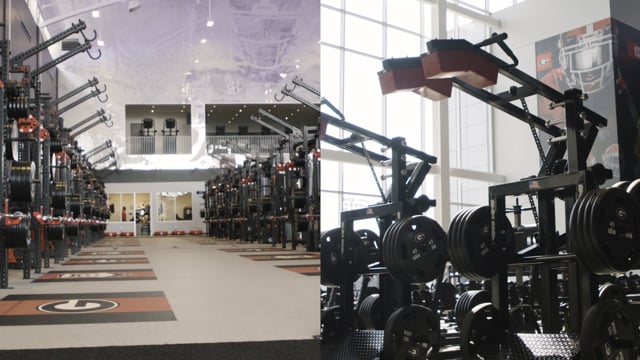
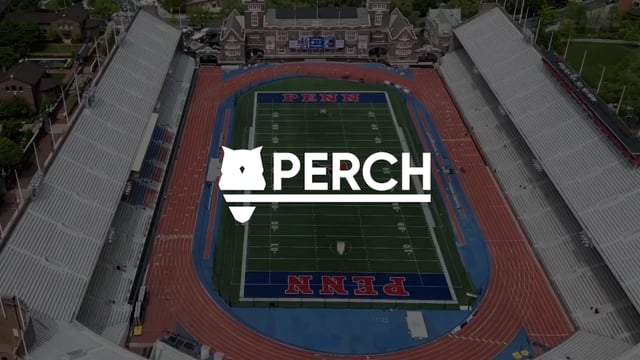


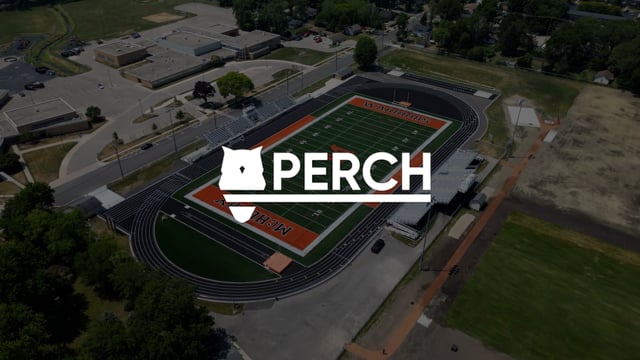
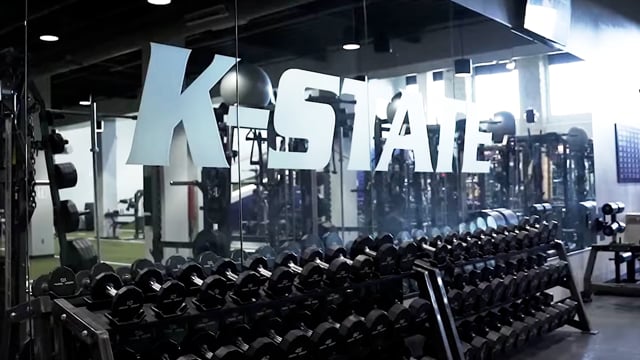


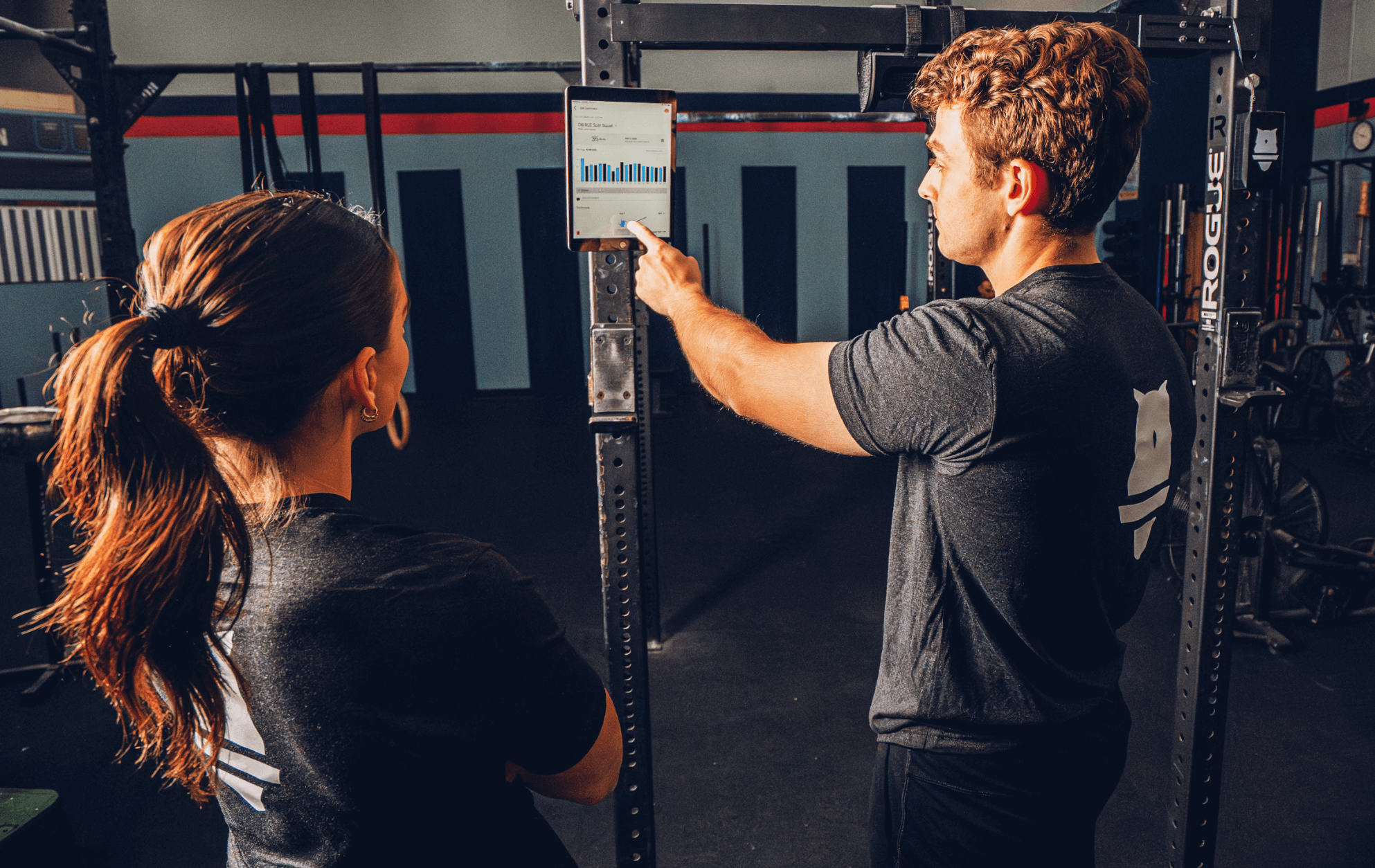
































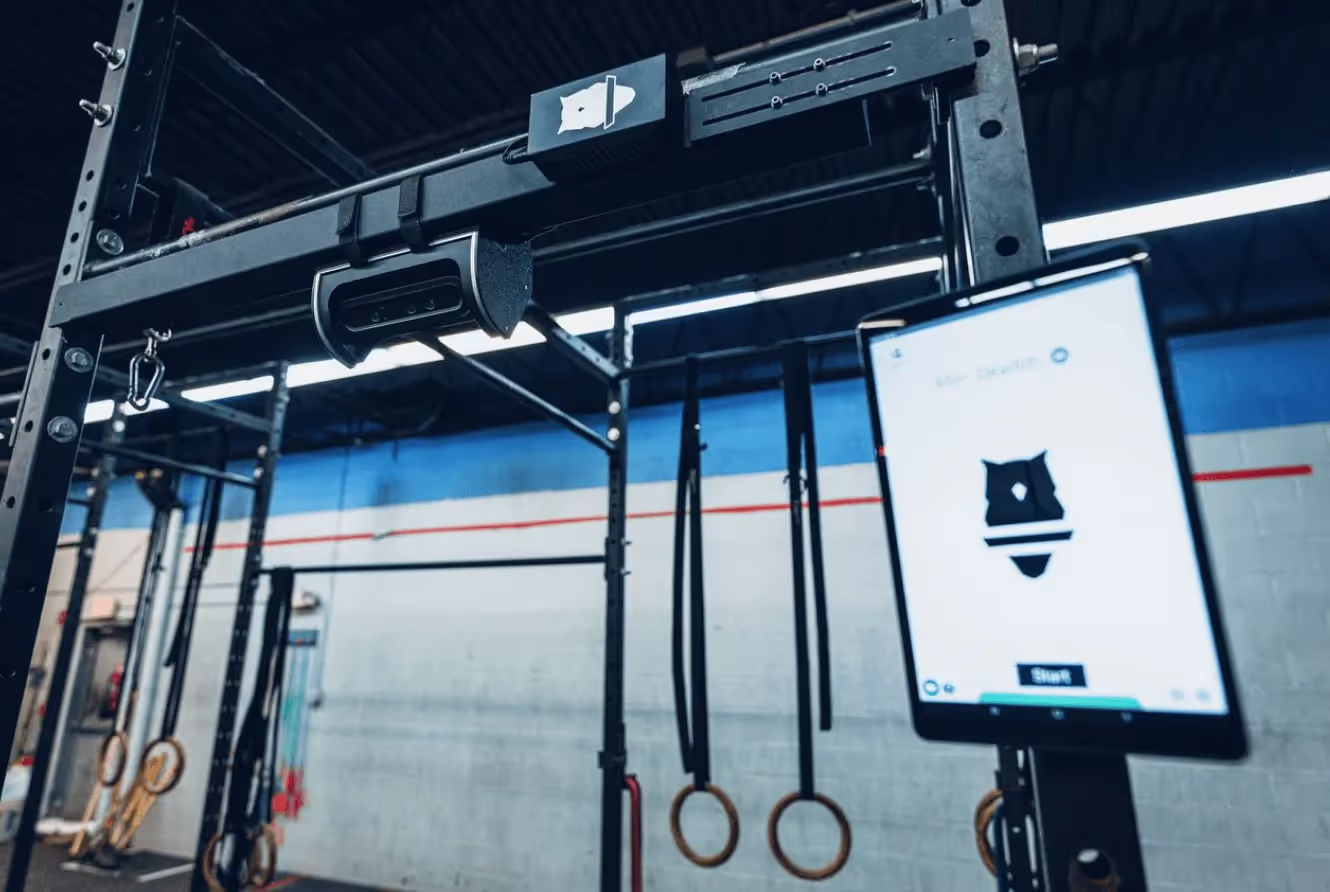
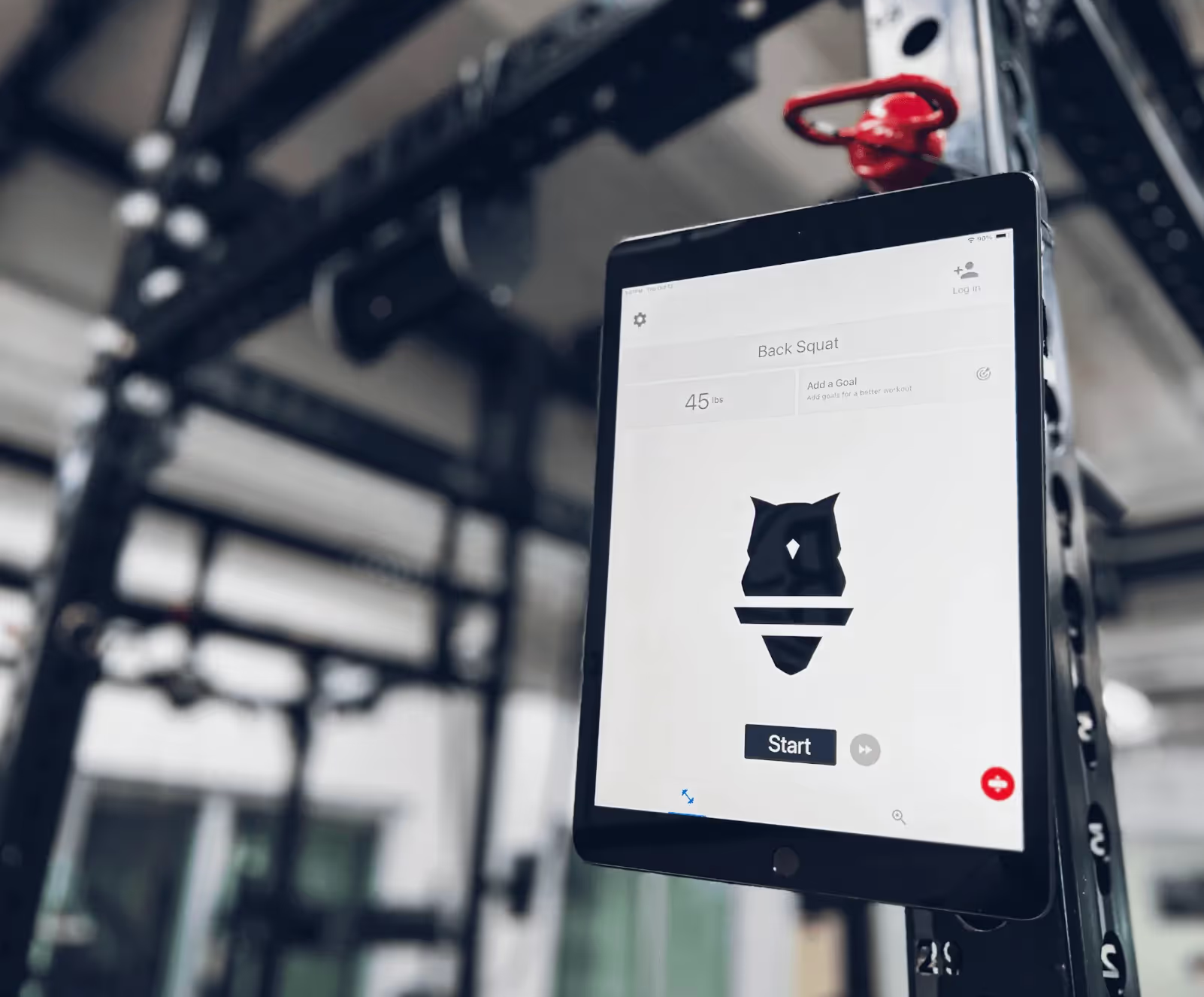



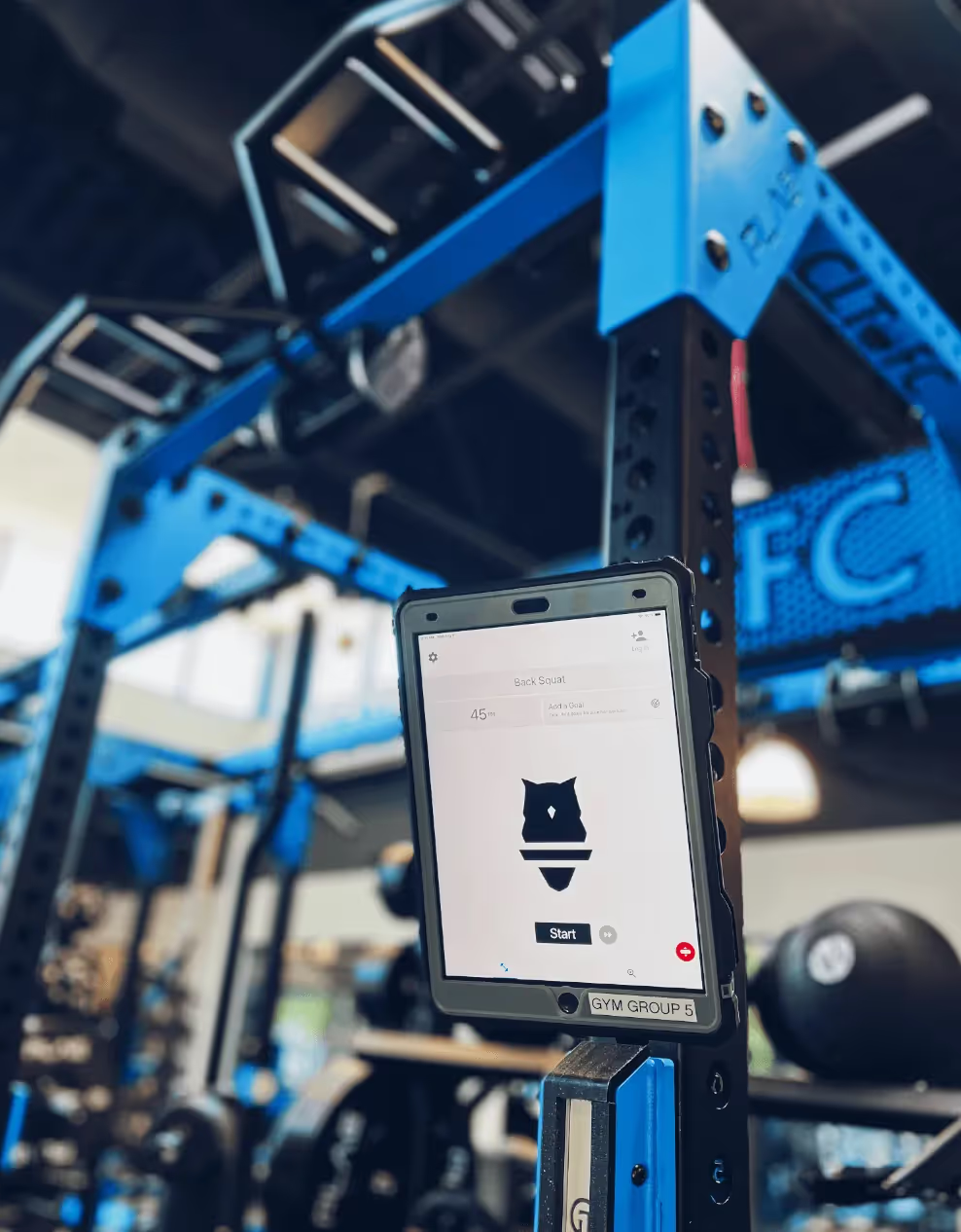
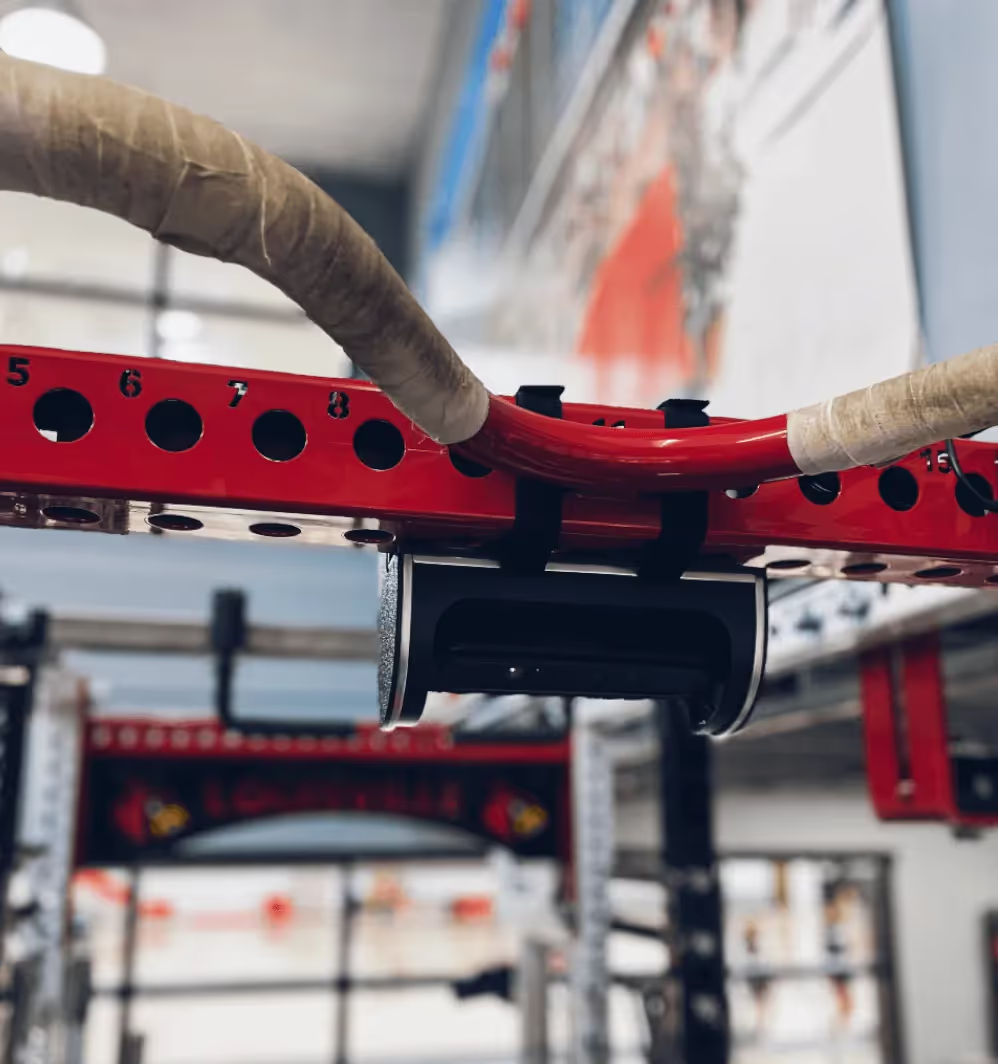





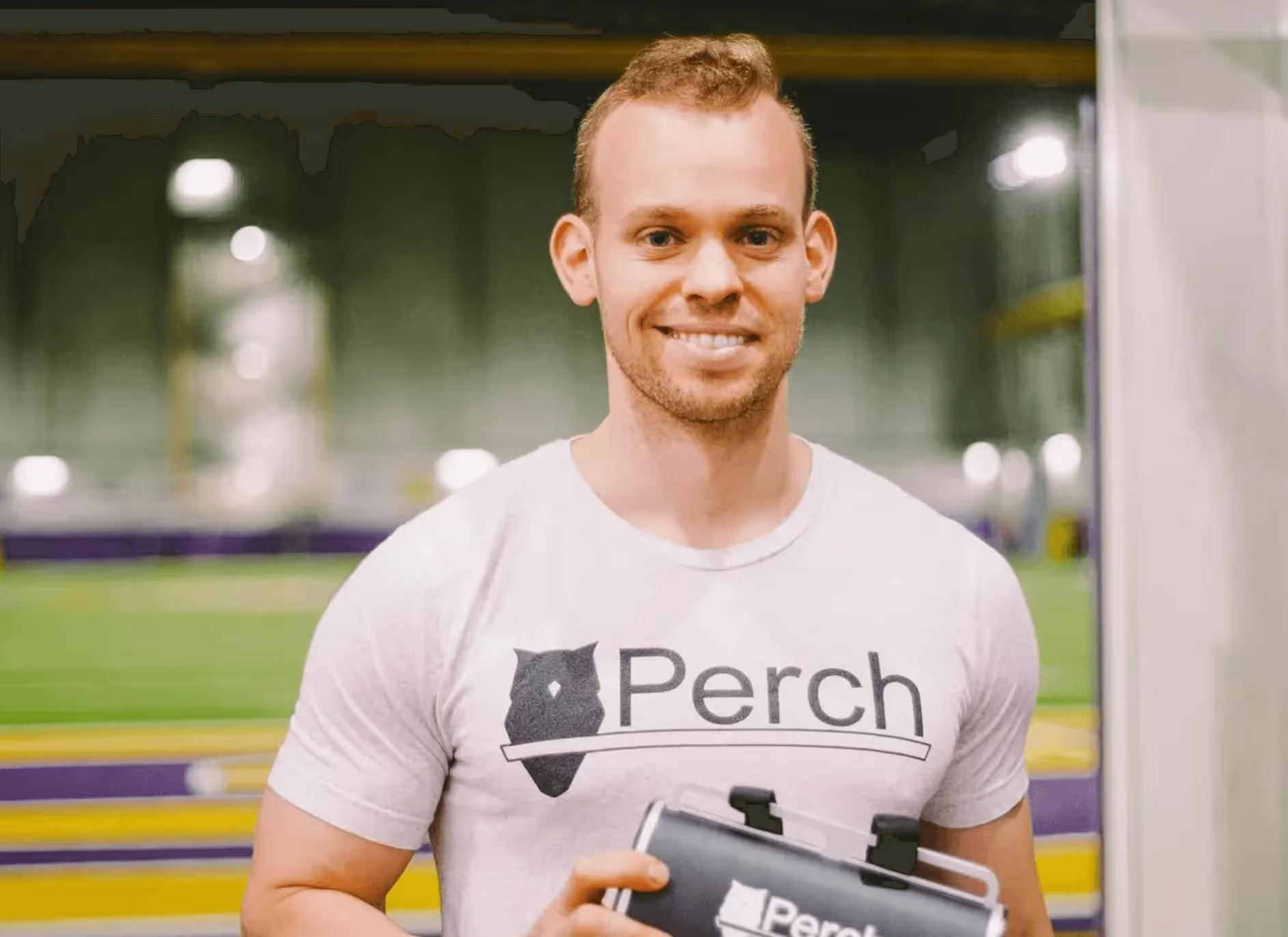





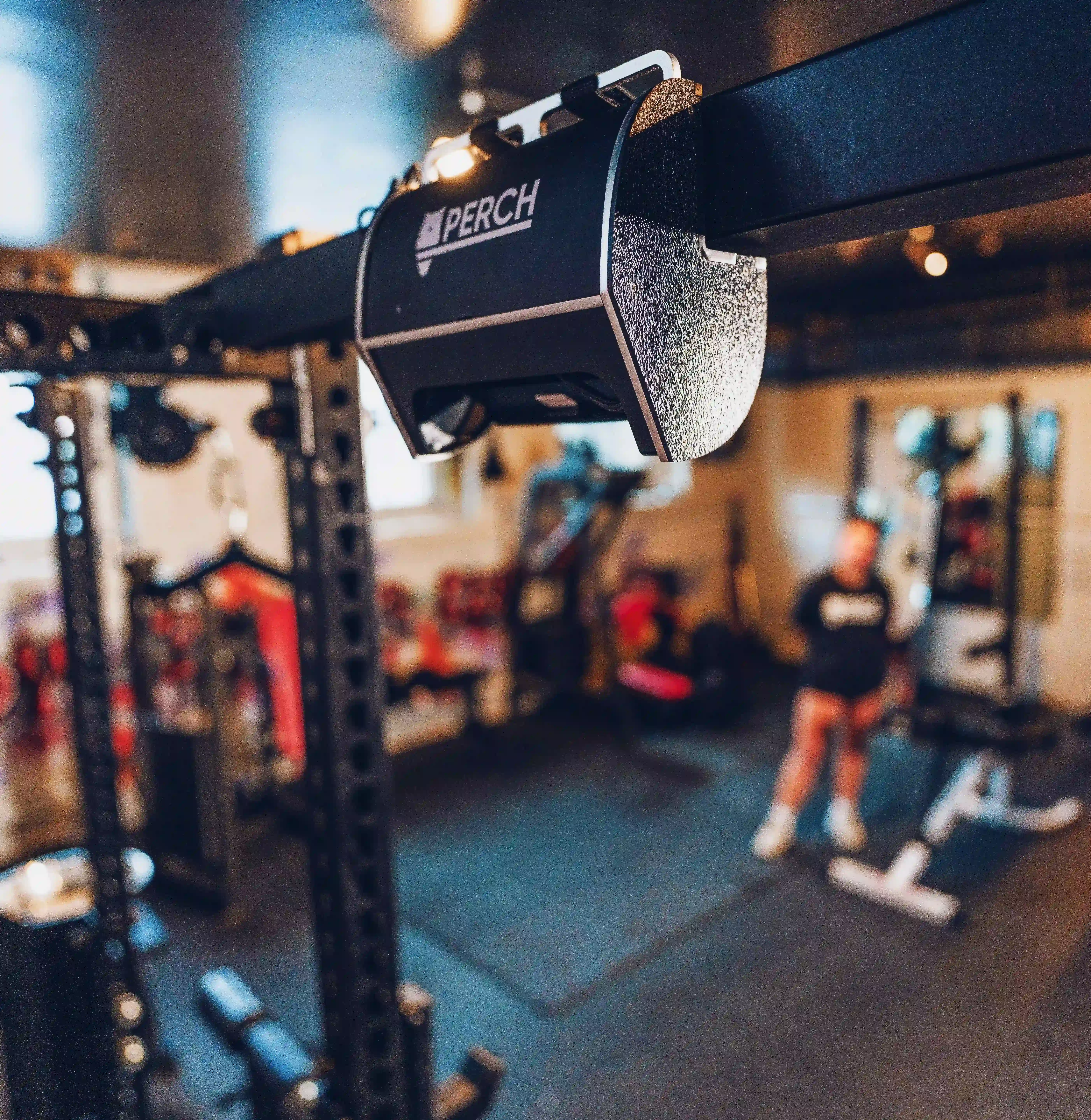
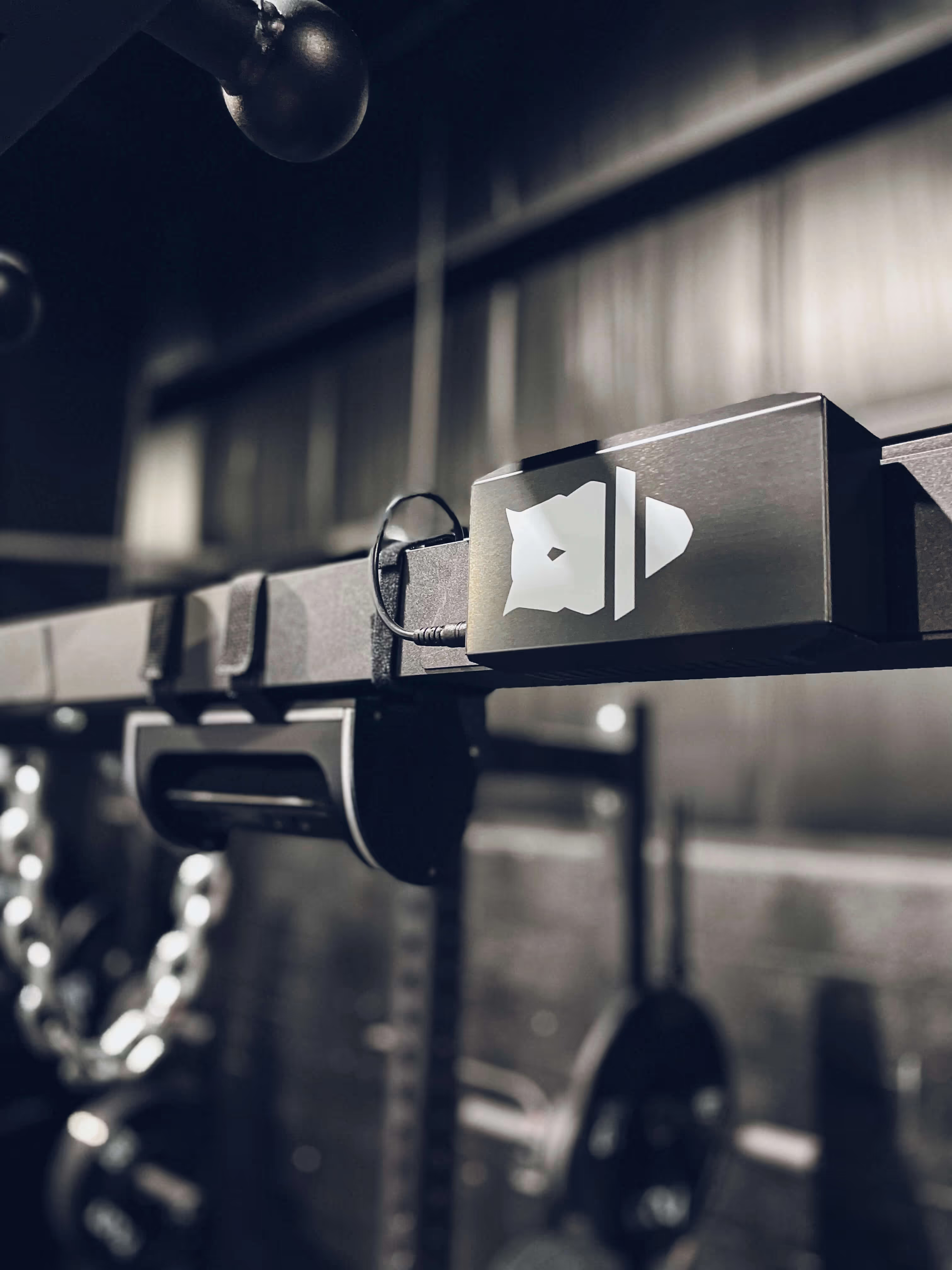

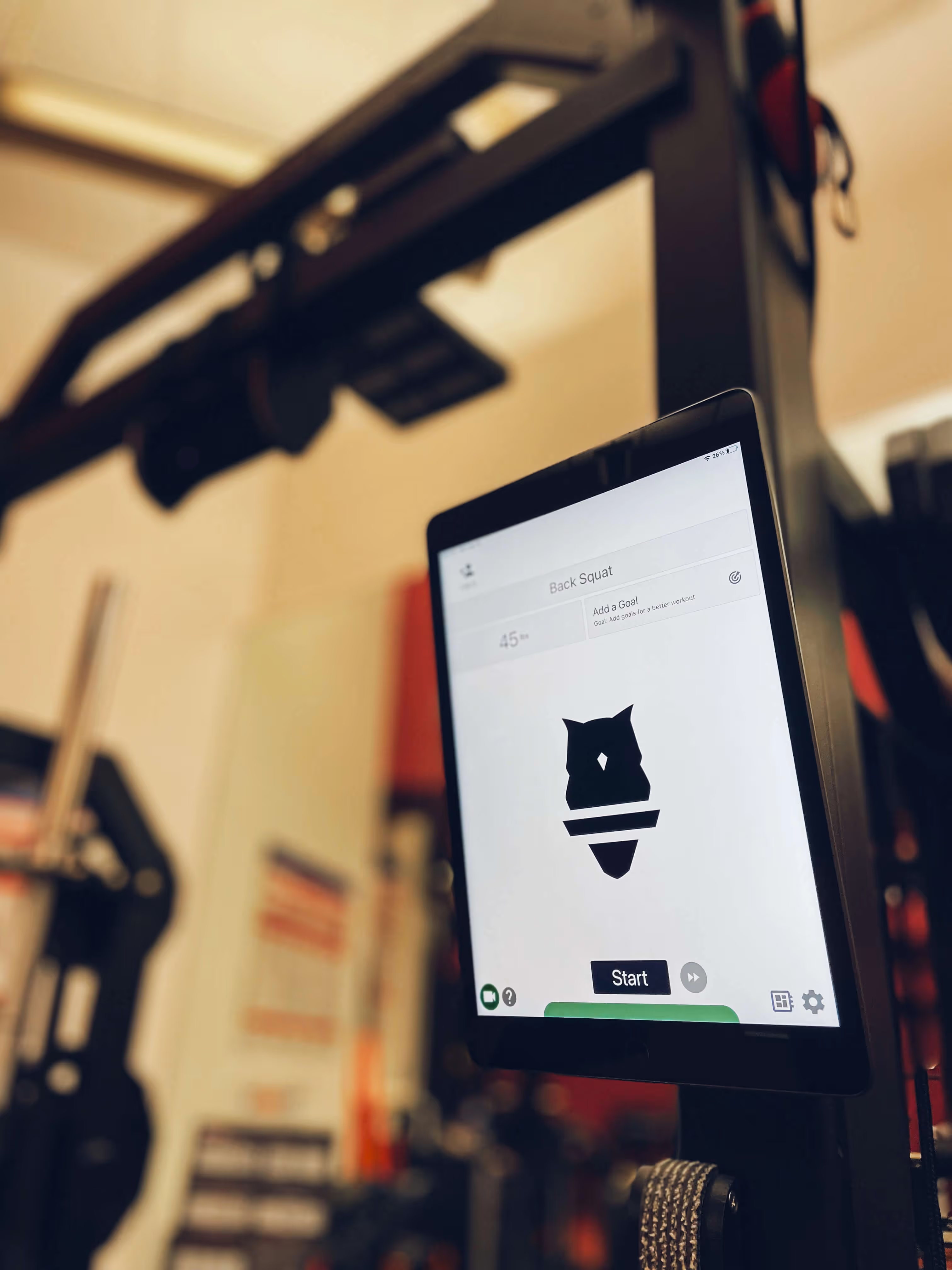

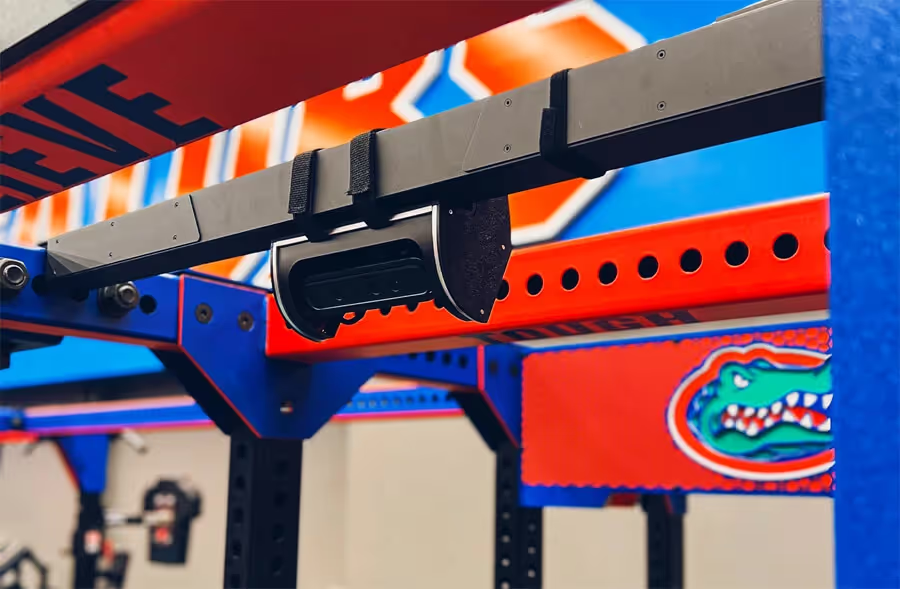






.avif)






